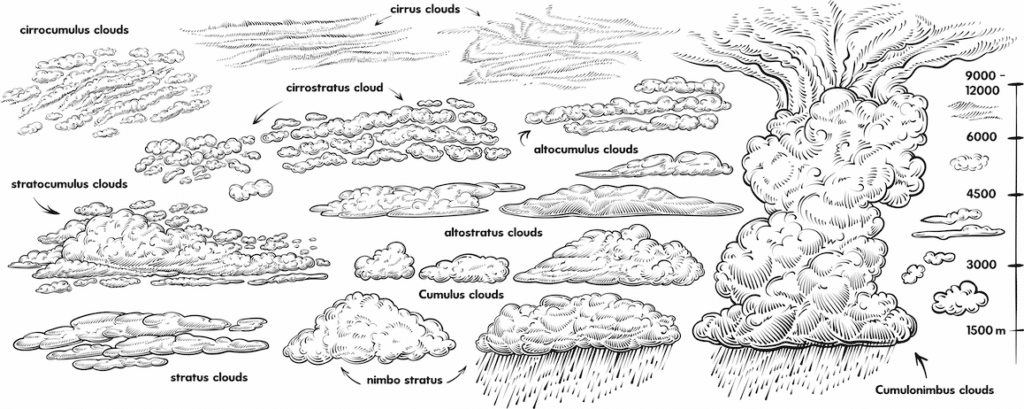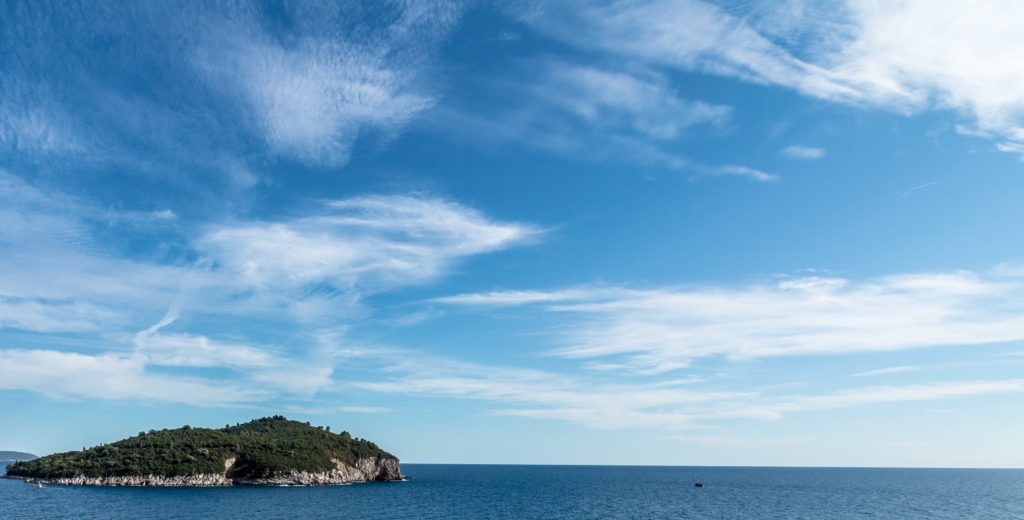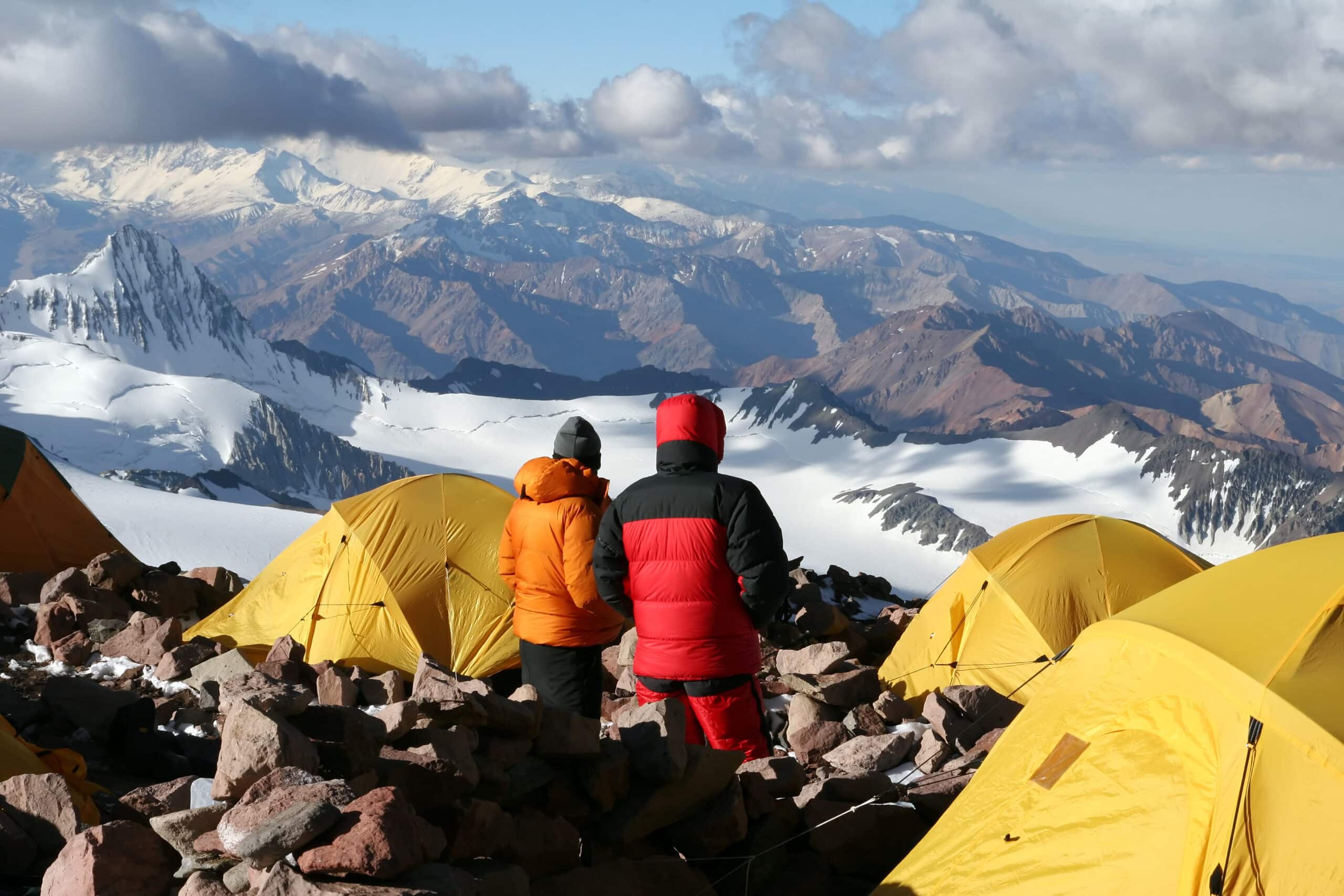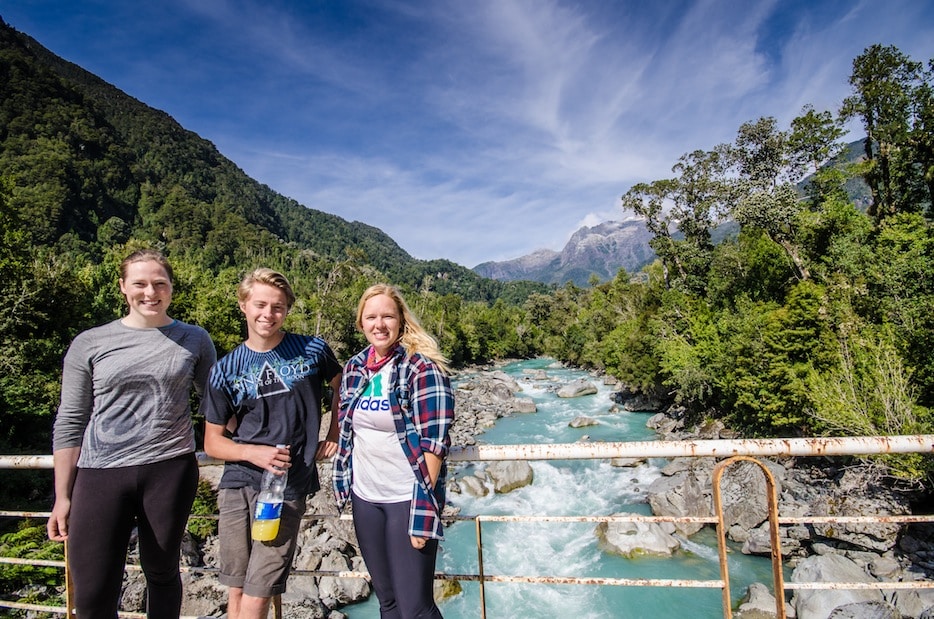The Role of the Wilderness First Responder During Water Rescues
Wilderness Medicine TrainingIt may surprise you to learn that drownings — along with heart attacks and falls — are among the leading causes of death for those who venture into the wilderness for recreation or education in the United States.
Statistics show that there are nearly 4,000 fatal drownings each year in the United States, with a little more than 8,000 nonfatal drownings. These figures include boating-related drownings. In fact, the threat of drowning is so prevalent that the first edition of the NCOAE Wilderness Medicine Field Guide devotes an entire section to Environmental Submersion and Drowning Injury.
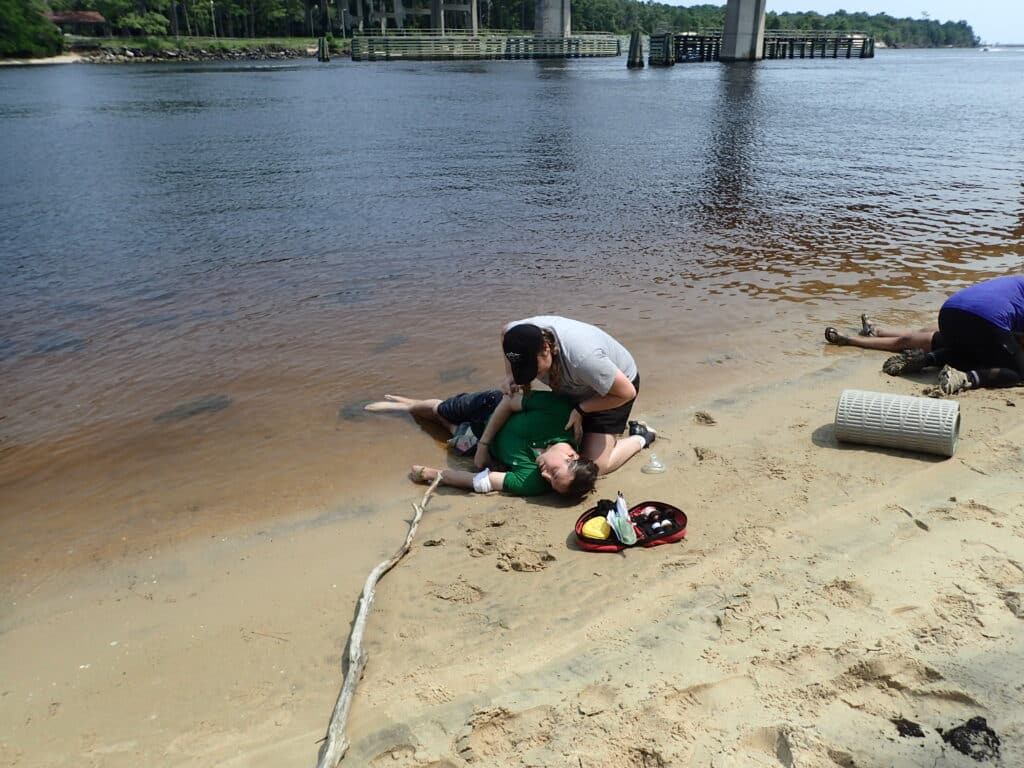
Of course, it’s during the spring and summer that most outdoor explorers are on the water, including those participating in backcountry expeditions. Lakes, rivers and streams provide much-needed relief in the backcountry on a hot August afternoon and are sought-after destinations for many outdoor enthusiasts.
For those training to become Wilderness First Responders (WFR) and those participating in Wilderness First Aid (WFA) training, a major consideration is assisting with medical emergencies that occur on or near the water. (more…)
Outdoor Industry Jobs Require Personal Experience and Certifications
Outdoor Educator TrainingProfessional development — learning that allows you to earn or maintain professional credentials — is key to career planning, especially when it comes to considering a career in the outdoor adventure and education industry. Much more than participating in a bunch of classes, our sector of the outdoor industry looks favorably on applicants with wilderness medicine training and certification, skills training and certification, and hands-on guiding and expedition leadership experience.
Truth is, we here at NCOAE found that operating an adventure education company during a health pandemic was challenging. And staffing our AEE-accredited organization with highly experienced instructors became increasingly difficult but not impossible.
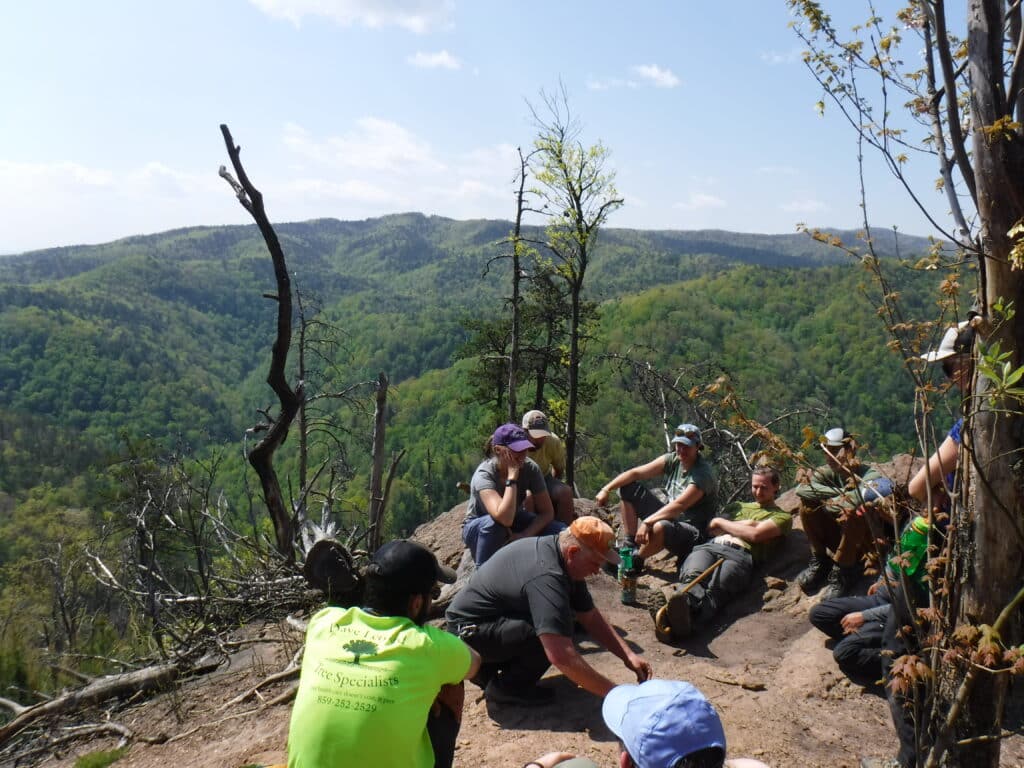
Like other industries, we suffered a staffing shortage, and yes, some of our existing staff left to pursue other pathways. But what we’ve noticed lately is a lack of experience from some people who thought working in the outdoors would — quite literally — be a walk in the park.
Many of these would-be outdoor educators and guides decided that sitting on a couch while looking at photos and films of wilderness expeditions was a suitable alternative for actually going out and experiencing the outdoors.
This potential pool of applicants backed out and went the way of the “Instagram Adventurer” or the “Armchair Explorer.” And in talking with our colleagues across our sector of the outdoor industry, we’re not alone in seeing this trend. Nearly all outdoor adventure and education organizations are taking pause and evaluating the future of trainings, staff recruitment, and what it means to be qualified to head out into “wild places.”
Regardless of what other organizations choose to do about their staffing challenges, NCOAE will not budge on what is required of our field instructor and outdoor educator candidates. Hands-on experience coupled with recognized industry certifications still matter and always will.
If you’re interested in a seasonal or full-time job in outdoor education, here are my recommendations on how to proceed. (more…)
Look Up! Cloud Identification and What the Clouds are Telling Us (Part 3)
Outdoor Educator TrainingAs we outlined in earlier parts of this series, our instructors are expected to possess a wealth of experiences, as well as areas of knowledge and skills that educate and keep course participants safe, engaged, and active in the backcountry.
An example of that is learning about cloud formations and their relationship to weather. Just like constellations(see: Look Up: A Guide to Viewing the Upper Half of Our Surroundings and bird identification (see: Look Up and Meet Your Feathered Friends), learning the individual names and characteristics of clouds can be a fascinating and worthwhile enterprise, not to mention informative and highly useful from a risk management perspective.
In this, the third and final installment in our “Look Up” series, we cover how to identify the clouds overhead and what those clouds are telling us. Because learning this skill is yet another way our AEE-accredited outdoor education program scaffolds leadership and learning in the backcountry.
Why clouds are important
Clouds, which help regulate temperature and are needed for precipitation, are invaluable in the water cycle. Identifying and them is important in the backcountry, where a sudden weather change can make or break a hike, climb, or whitewater trip. Teaching course participants how to read the clouds builds confidence, which in turn helps participants make informed decisions based on forecasts for what the day, afternoon, or evening ahead may bring.
Clouds provide a reliable method of predicting the weather in the backcountry. There are three ways to categorize clouds:
- High-level clouds: Cirrocumulus, Cirrus, and Cirrostratus
- Mid-level clouds: Altocumulus, Altostratus, and Nimbostratus
- Low-level clouds: Stratus, Cumulus, Cumulonimbus, and Stratocumulus
High-level Clouds
Cirrocumulus clouds: These clouds appear like ripples on the water surface, and they portent good weather and the likelihood of coming blue skies.
Cirrus clouds: The most common of the high-altitude clouds, these formations have a wispy look with long streamers as a result of being blown by high winds. Cirrus clouds indicate fair weather and by observing their movement, you can determine the direction from which weather and wind are coming.
Cirrostratus clouds: These are thin, sheet-like clouds that tend to cover the entire sky. They are so translucent that you can easily see the sun and moon through them. And when the sun and moon are visible, you may be able to spot a halo formation in the clouds. The halo is caused by light refracting through ice crystals in the clouds. They indicate a warm front approaching.
Mid-level Clouds
Altocumulus clouds: These clouds look like rounded soft clumps, somewhat similar to a flock of sheep in the sky. These formations are frequently seen after a storm. They may also indicate building cloud cover and afternoon storms.
Altostratus clouds: These appear as grey veils over the sun or moon, and if they become darker and thicker, it is likely rain is on the way.

Nimbostratus clouds: These are the low, dark clouds that blanket the sky, leaving little doubt that precipitation is en route and that it may last for hours.
Low-level Clouds
Stratus clouds: Hung low in the sky, status clouds look like enormous grey blankets. If they extend to the ground, they often become fog. These ominous clouds bring rain, and when it’s cold enough they will produce snow.
Cumulus clouds: Among the most beautiful of the cloud formations, the cumulus clouds look like puffy cotton. In addition to their cheerful appearance, they also indicate fair weather. That is, unless they become cumulonimbus clouds, as you’ll see below.
Cumulonimbus clouds: These are tall clouds, dark on the bottom and sometimes featuring a flat “anvil” top. These clouds indicate severe weather on the way, with thunderstorms, torrential rains, possible hail, snow, and even tornadoes.
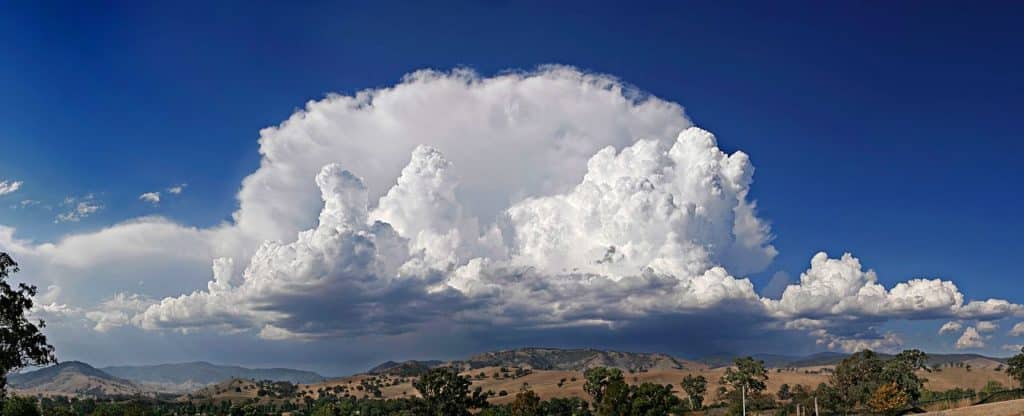
Stratocumulus clouds: These dark and lumpy clouds show up just in front of, or immediately behind a frontal system. They may provide a brief period of rain or drizzle that most likely will end during the afternoon or early evening.
Here at The National Center for Outdoor & Adventure Education, our backcountry guides and educators travel the globe on an annual basis, which means we have experienced every form of weather imaginable throughout the year. It is crucial that our instructors understand the indicators that inform of oncoming weather. Knowing how to “read the sky” is a must for all outdoor educators, and it is a skill we love to pass on to our course participants.
Look Up! And Meet Your Feathered Friends (Part 2 of 3)
Outdoor Educator TrainingOne of the best parts of an outdoor educator instructor course is when the group of participants comes together — either spontaneously throughout the day, or at the end of a solid day of training — and we all benefit from the unorganized sharing of one’s individual talents and skills.
These experiential-based skill-sharing sessions — which can range from eco-sensitive and safe ways of starting a fire, to hacks for successfully facilitating dialogue among youth participating in a 12-mile trek — bring a helpful spirit to the group. In addition, they enable everyone participating in the course to see the wilderness experience in a different light, with a new set of eyes and appreciation.
Here at The National Center for Outdoor & Adventure Education (NCOAE), we expect our staff to go into the backcountry with a rock-solid set of technical outdoor skills. But it’s also our objective to hire instructors who have developed skills and knowledge that sets them apart from others and deepens the backcountry experience for those they educate and guide.
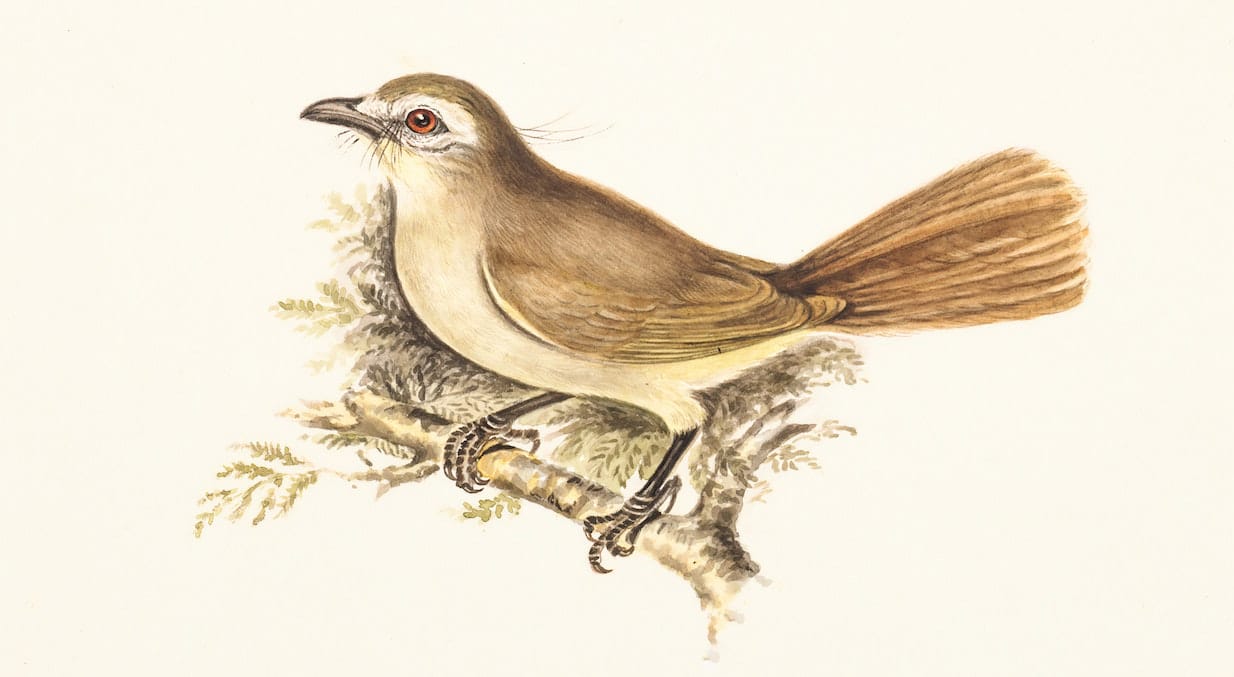
We talked about instructors who become fluent in the constellations and stars in the first post in this three-part series. Bird identification is another of those teachable skills and is the second of our series’ topics.
Just a walk through a forest as someone points up and tells you the name of the bird perched on a low-hanging branch can be a surprising and eye-opening experience. Learning the identities of the birds in your area can help you connect with the local environment, offering you a teaching skill that can bring a new community of people to enjoy the outdoors and participate in what is essentially a free hobby — birding (aka birdwatching).
Here’s pretty much all you need to get started:
(more…)Look Up! Part 1 — A Guide to Viewing the Upper Half of Our Surroundings
Outdoor Educator TrainingWe’re literally going to be looking upward in the next three posts here on the NCOAE blog, with tips for outdoor educators, wilderness guides, and outdoor recreation enthusiasts alike regarding the terrain overhead. We will be honing our outdoors skills by exploring the wilderness above our heads.
Today’s post (part one in the three-part series) suggests taking a close look at the night sky. And why would we want to do that? Because most of us in the outdoor and experiential education field are adept at tying knots; cooking over a campfire; and naming local rivers, rapids and mountain ranges. But when it comes to the landscape above our heads — the heavens, the clouds, and the winged wildlife — many of us remain slack jawed with wonder.
Imagine an evening in the backcountry with a group of students or adults, some of them seeing bright stars — unhampered by city lights — perhaps for the first time. At this point, you can point upward and say, “That isn’t just a beautiful sky. It’s way more than just that!”
By having everyone lay down, look up, and listen as you point out and describe the individual stars and constellations that your group can now clearly see because they are far from city lights, you’ve opened everyone’s field of vision to the space above our buildings and tree lines that’s often forgotten and/or taken for granted.
With just a little bit of research, you can pick up a wealth of “fun facts” about the night sky. For example, knowing where to find constellations and then sharing the stories that accompany these heavenly connect-the-dot starry clusters makes you even more authoritative and helpful than you already are.
And the stories behind the constellations are beautiful, cultural, and entertaining. Using the embedded video below, watch and listen to Neal deGrasse Tyson, astrophysicist, cosmologist, planetary scientist, author, and science communicator, as he describes the night sky.
The best place to start any chat about the constellations is with the Big Dipper, which is part of Ursa Major (Great Bear). It is comprised of seven stars, with three representing the handle overhead, connected to the remaining four stars to create a big square pot or pan.
(more…)UNCW Students Can Earn 6 Credits While on Winter Break in Patagonia
Outdoor Educator TrainingHow would you like to spend three weeks in windswept Patagonia, summiting a 19,000-foot-high peak in the Andes, taking on Class III and IV rapids alongside a volcano — and picking up six college credits for adding this adventure to your academic experience?
The University of North Carolina-Wilmington (UNCW) is offering this 24-day course (EVS 485/592) during the upcoming winter 2018 break, and the classroom is as described above — Patagonia, a nearly 300,000-square-mile area shared by Chile and Argentina that features the imposing Andes mountain range, deserts, plains, rocky coastlines and ice fields. This pristine real estate is enormous, yet only 5 percent of the populations of both countries live there.
And it’s available to adventure-seeking Seahawks as the result of an academic partnership between UNCW and us — the Wilmington-based National Center for Outdoor & Adventure Education (NCOAE). Our renowned center promotes critical thinking, environmental stewardship, and the acquisition of technical outdoor skills through accredited outdoor and adventure-based experiential education courses.
The Three “E”s of Breaking into Outdoor Education
Outdoor Educator TrainingFor those interested in a career as an outdoor experiential educator, The National Center for Outdoor & Adventure Education wants to help you get onboard that particular ship.
But as the late comedian Jonathan Winters suggested when he famously quipped “If your ship doesn’t come in, swim out to it,” that vessel isn’t necessarily going to snuggle up to the dock and pick you up. It’s up to you to do the basic footwork — or perhaps backstroke is a better analogy — in order to achieve your career objectives.

(Photo: ©2013 Jaclyn E. Atkinson | Used with permission)
Many people ask us if a formal education is necessary for a career in outdoor and adventure education and we answer that question by posing another: Does a piece of paper make for a master educator? Then we answer our own question by saying, “It depends.”
In the end, it’s you who must decide what role you want to play in the outdoor industry. If your objective is to spend a few years going “wild” as a fledgling field instructor, then just head out and apply for a job. Or let’s say you want to become a leader in a specific area of the outdoor experiential education field. In this case, gobble up some on-the-job experience and a fistful of certificates and get to work.
However, if what you seek is a career as a lifelong experiential educator — with a comfortable salary and maybe some good health insurance — some formal education might be required. The secret is to find ways to get a good education without being (more…)
Spend Thanksgiving in Patagonia With NCOAE’s 31-Day Outdoor Educator Training
Training & CertificationsWhat are your plans for Thanksgiving? Here at The National Center for Outdoor & Adventure Education, we’re expanding our outdoor educator-training program on a global scale and announcing a month-long training expedition that culminates in a Thanksgiving celebration in Patagonia — a remote region at the southernmost end of South America that is shared by Argentina and Chile.
That’s a large leap from our outdoor educator training programs in North Carolina on the Eastern seaboard and Oregon and California out West. But we’re excited to be spreading our wings, and we’re even going a step further by planning a second overseas training expedition next spring — this time to Kenya for a 33-Day Outdoor Educator Instructor Training – East Africa.
But first, back to our Patagonia training. The 31-Day Outdoor Educator Instructor Training – Patagonia is co-ed and targets college students, classroom teachers and novice outdoor educators who are 18 years and older. Tuition is just $6,600. We fly from Houston, Tex., and land in Santiago, Chile, where our local team has already worked out an invigorating itinerary.
Chile is a land of extremes, from the snow-capped volcanoes of Patagonia and dizzying heights of the Andes, to the driest desert on earth and the extensive southern glacial fields. We’ll be exploring some of the most beautiful mountains and rivers in the world, and we’ll see it with fellow explorers who have the same enthusiasm and zeal for the outdoors and education that you do.
And when it comes to gaining the experience and knowledge to become an outdoor educator, there are few better “classrooms” than Patagonia and the (more…)
TALK TO US
Have any further questions about our courses, what you’ll learn, or what else to expect? Contact us, we’re here to help!
